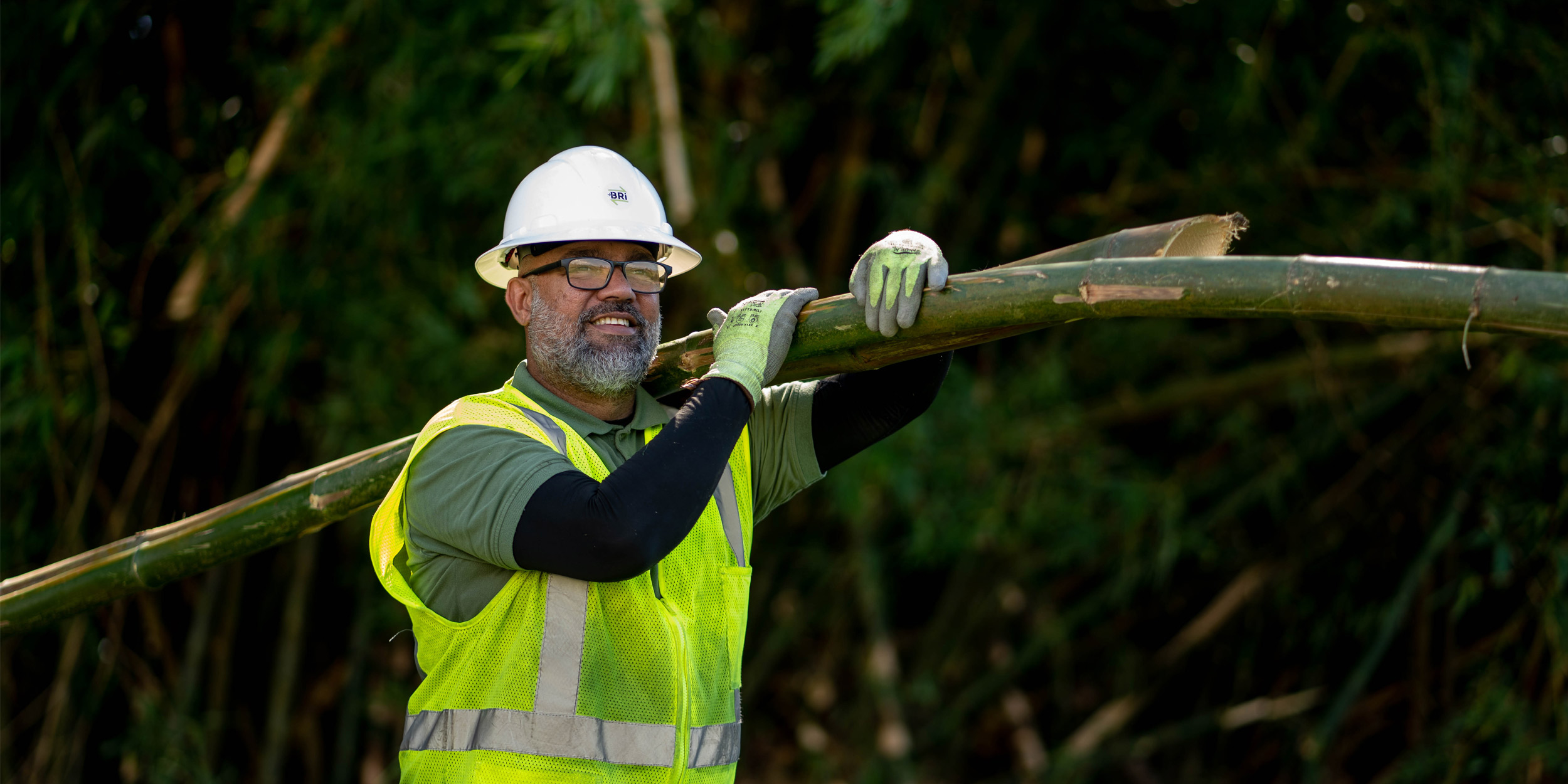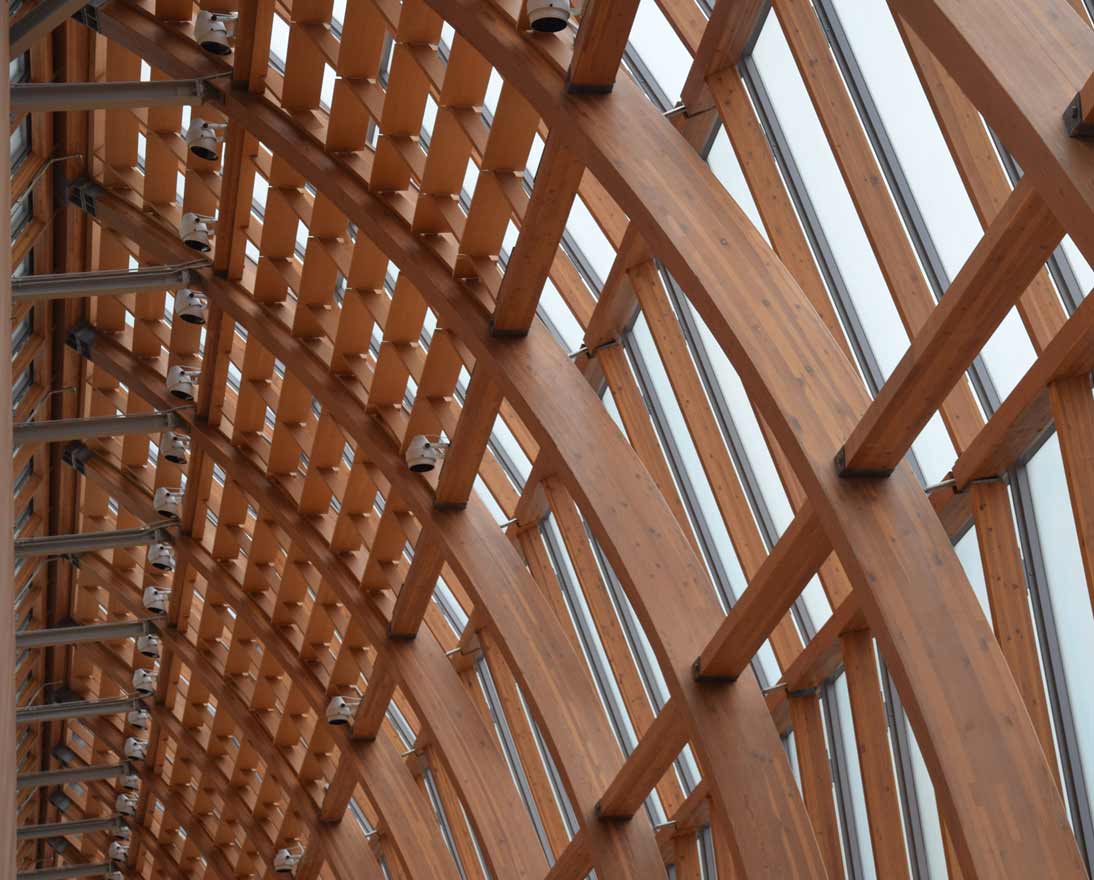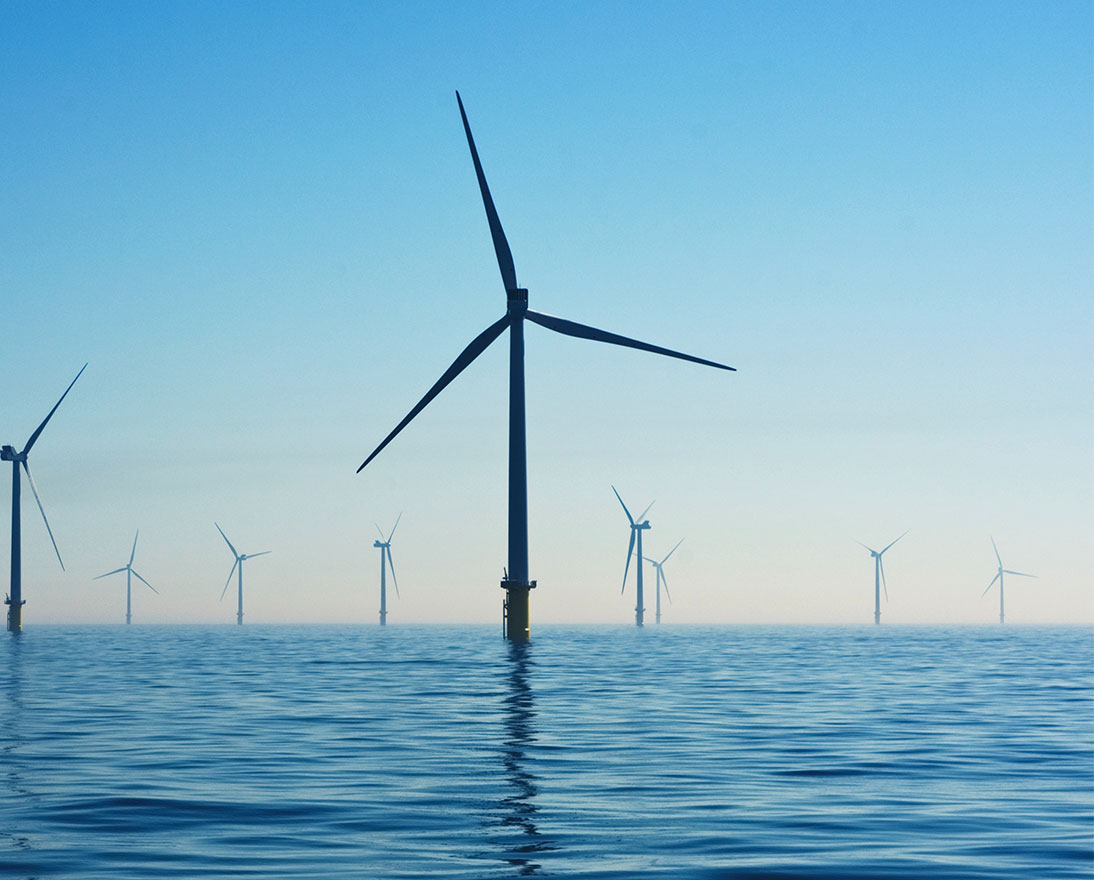How Zurich is turning to nature to achieve net-zero
Net-zero transitionArticleSeptember 18, 2024
What have bamboo from Puerto Rico, timber from Australia and paper from the U.S. got in common? They are key materials in projects supported by Zurich as part of its net-zero ambitions.
At first glance, bamboo, timber and paper seem worlds apart. But innovative startups are using these materials, or rather their waste, to contribute to carbon removal – the process of removing carbon dioxide (CO2) from the atmosphere and storing it long term. Zurich Insurance Group (‘Zurich’) believes they could be the key to meeting net-zero commitments once everything possible has been done to reduce emissions.
From bamboo to biochar
In the southwest of Puerto Rico, near the town of Hormigueros, on the site of a former sugar cane factory, a startup called Bio Restorative Ideas is converting bamboo to biochar – a carbon-rich material produced when organic material is heated at relatively low temperatures in the presence of little or no oxygen.
When plants die and decay, the CO2 which they have absorbed through photosynthesis is released into the atmosphere. Biochar, on the other hand, is a very stable form of carbon which can be stored in the soil for hundreds and even thousands of years. What’s more, in certain types of soil, burying biochar can improve water retention and improve soil quality, reducing the need for irrigation and fertilizer.
In Puerto Rico, bamboo grows and spreads rapidly along waterways and roadways, causing blockages, flooding, fires, and even power lines interference. Bio Restorative Ideas aims to transform about 7,000 metric tons of this waste and invasive bamboo into 3,000 metric tons of high-quality biochar. As an added benefit, it will create about 20 local jobs.
To support this innovative approach, Zurich made up-front payments to enable Bio Restorative Ideas to build and scale rapidly while it was in its development stage. Bio Restorative Ideas is expected to issue its first carbon removal certificates in 2024.
“Zurich’s contract was transformational,” says Jonatan Irizarry, CEO of Bio Restorative Ideas. “If it wasn’t for the advance payments that tied us over, we wouldn’t have been able to secure financing and other critical site and permit activities during the early startup phases of the company.”
This is one of several agreements that Zurich has with early stage, but highly promising, carbon-removal suppliers as part of its strategy to balance out its unavoidable remaining emissions once it has reduced its emissions as much as possible.
“We are getting active in carbon removal markets so that by 2030 and onwards we are ready to eliminate at least the same amount of carbon dioxide equivalent that we produce,” says Zurich’s Group Head of Operational Sustainability, Anja-Lea Fischer. “We support emerging solutions because we recognize the need for urgent action to help accelerate the growth of the carbon removal market.”
Biomass burial
It’s a similar story in Western Australia where a company called InterEarth is piloting a project to permanently store carbon by locking it up in trees so that it doesn’t get released back into the atmosphere when the trees are no longer alive.
InterEarth plants native trees on degraded farmland. Once grown, the parts of the tree above ground are harvested and the collected biomass is buried underground in a sealed cavity. As the roots of the tree are left in the ground, the tree will re-grow and in time, be harvested again, allowing the burial process to be repeated to capture and permanently store carbon for hundreds of years.
Again, Zurich has made pre-payments against future carbon removal certificates that InterEarth aims to produce. These will partially fund the pilot and scale-up of the business. Further payments will be made as the business meets certain milestones. This balances risk for Zurich, while also supporting the development of the company.
Reduce then remove
The Intergovernmental Panel on Climate Change (IPCC) says that achieving net-zero means reducing emissions as much as possible, as well as balancing out any that remain by removing an equivalent amount. Zurich aims for net-zero in its own operations by 2030. That will only be achieved after reducing emissions by 70 percent, compared to 2019 levels, and then by purchasing carbon removals certificates in the amount equivalent to our remaining emissions.
To have a diversified portfolio, Zurich has also purchased carbon removals from established projects. In the U.S., Oregon Biochar Solutions mainly sources high-quality biochar from forestry waste while Wakefield BioChar derives it from waste biomass generated by paper mills during their production processes. In normal circumstances, Wakefield’s biochar would be burnt to produce energy, releasing the carbon within the biomass into the atmosphere.
By selling carbon removal certificates, Wakefield provides the financing necessary to permanently sequester the biochar by mixing it with lime and applying it to degraded land. This neutralizes pollutants, restores soil health and improves drainage. Native plant species are then planted on this land to restore biodiversity.
Agroforestry
Zurich has also sourced carbon removal certificates from Trees for Global Benefits (TGB), an agroforestry project in Uganda. Agroforestry is the planting of trees and shrubs around or among crops or pasture to sequester carbon. This practice can also reduce soil erosion, improve soil fertility, create wildlife habitats and increase biodiversity. As an additional benefit, the trees produce a renewable source of wood, fruits, nuts, and other products.
What is a carbon removal certificate?
A carbon removal certificate is an independently verified document that confirms that 1 metric ton of CO2 equivalent (CO2e) has been removed from the atmosphere and stored for the long-term using a verified method. All carbon removal suppliers selected by Zurich are certified by Puro.earth or the Plan Vivo Foundation.
Puro.earth’s CO2 removal certificates focus on methods that capture and store CO2 for at least 100 years (and up to 1,000 years) and have industrial scaling potential. Carbon removal considers cradle-to-gate emissions. Only the extra carbon absorbed in the process or product is turned into a CO2 removal certificate.
“Zurich’s proactive engagement with the carbon removal sector demonstrates its commitment to mitigating climate change,” says Antti Vihavainen, CEO of Puro.earth. “By supporting the growth of early-stage companies, Zurich is not only advancing innovative solutions but also setting a benchmark for corporate responsibility.”
Locking up CO2 in concrete waste
It’s not just organic waste that can be used to sequester carbon. Silicate, based in Ireland, mainly uses the concrete retained in truck mixers when they return to the plant after a delivery.
Through a process known as Enhanced Rock Weathering, this returned concrete is ground to a fine powder and then spread on agricultural land. When these silicate or carbonate minerals dissolve in rainwater, they react with CO2 to form stable carbonate compounds, capturing and storing carbon.
Again, there are additional benefits in terms of soil fertility and health, water retention and plant resistance to pests and diseases, reducing the need for synthetic fertilizers.
Zurich has signed a multi-year pre-purchase agreement with Silicate to remove a part of its unavoidable CO2 emissions and has made some advance payments that provide access to funding to support the growth and scale up of Silicate’s business and operations. Further payments are based on Silicate achieving pre-agreed milestones.
Zurich has additionally signed a pre-purchase agreement with tech-based removal company, Climeworks, leveraging direct air capture.
Who gets chosen?
When evaluating carbon removal projects, Zurich considers the following criteria:
- Additionality: Projects could not be delivered without the financial support provided by the sale of carbon removal certificates.
- No harm: They must follow the no-harm principle and be without direct downsides.
- Scientific: The project can scientifically demonstrate the permanence of carbon capture and storage.
- Alignment: Co-benefits align with Zurich’s broader sustainability goals, which include flood resilience, wildfire prevention and – by creating good quality jobs in sustainable industries – creating a fairer society.
“We are cautiously optimistic that we have laid the groundwork for achieving net-zero by 2030,” Fischer says. “With the clock ticking on one of the most pressing issues of our time, there is really no time to waste.”
Learn more about Zurich’s approach.



